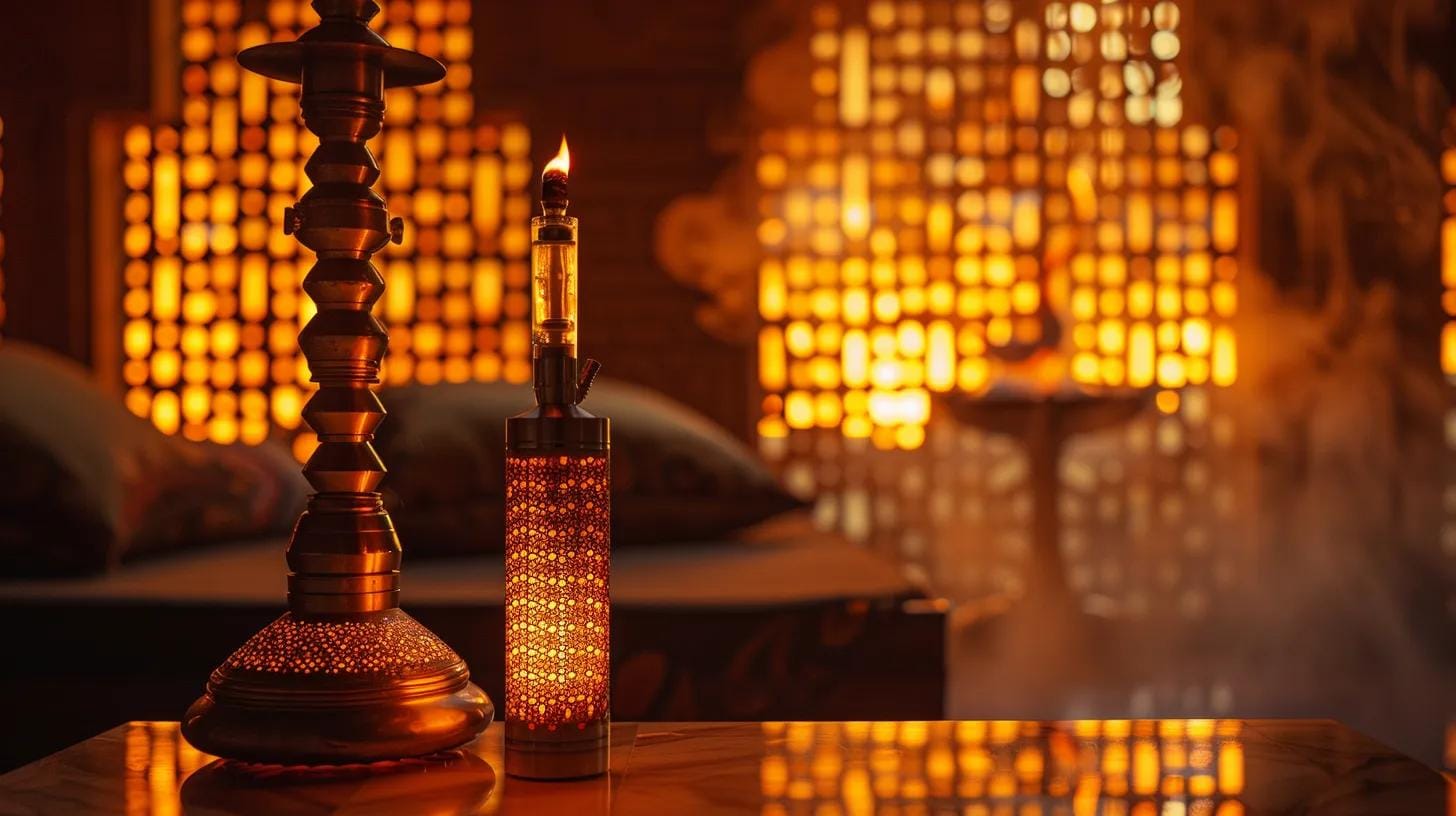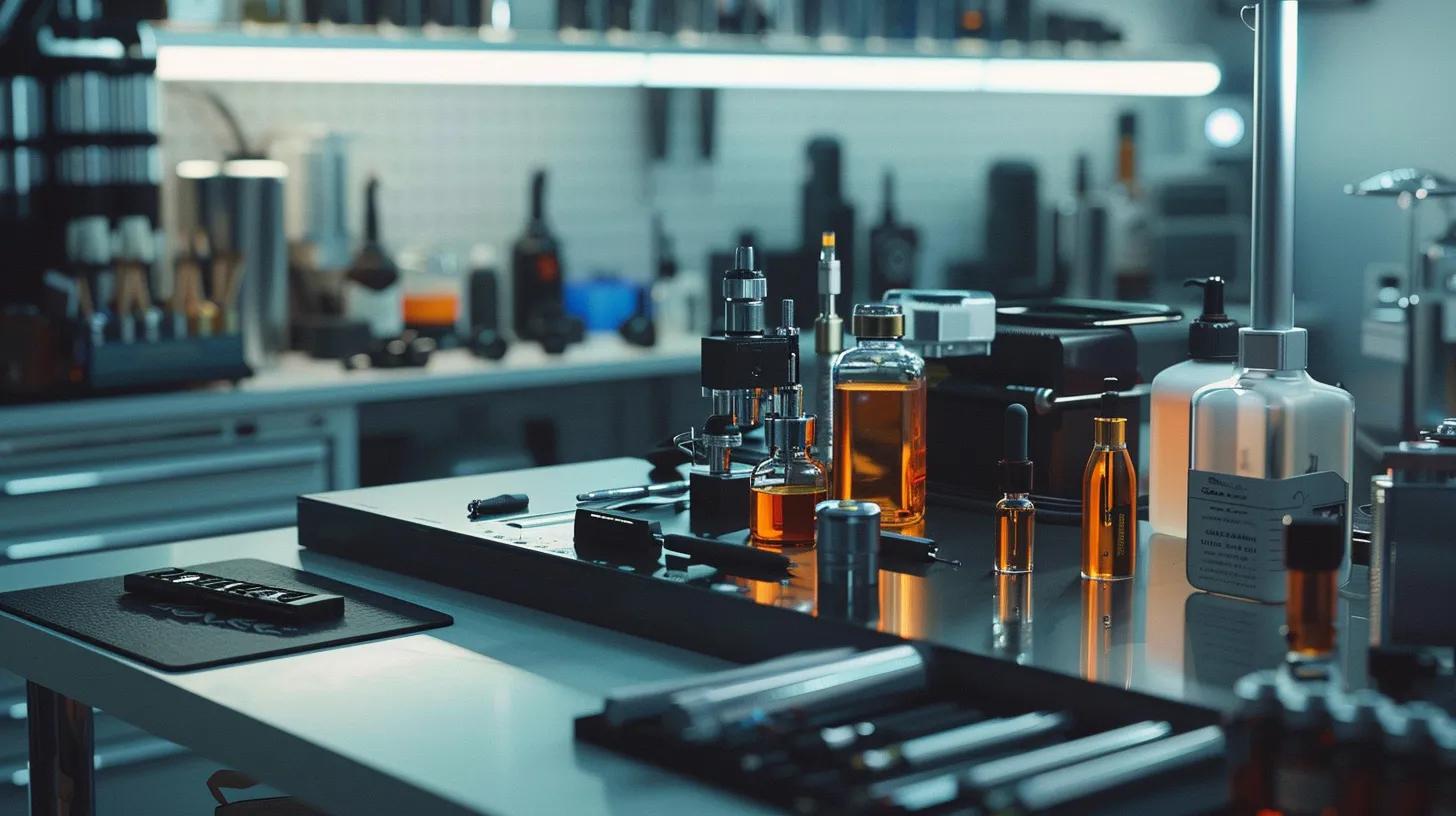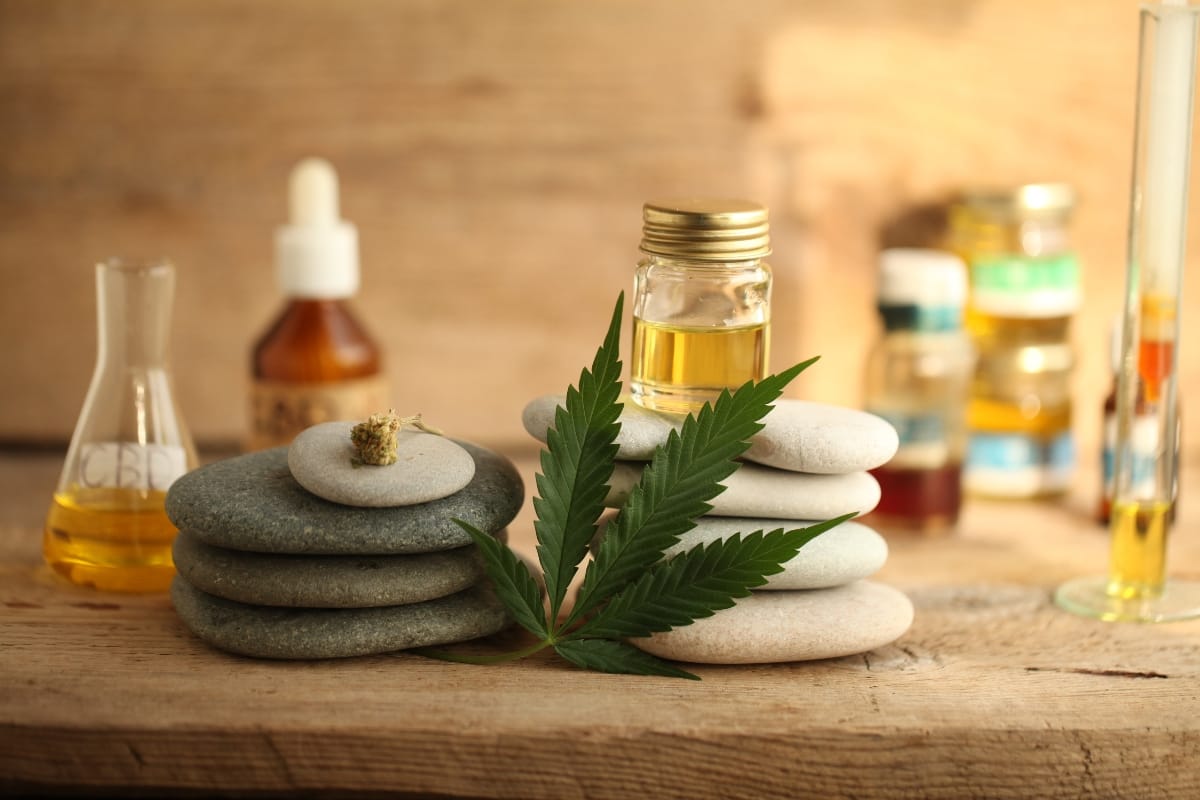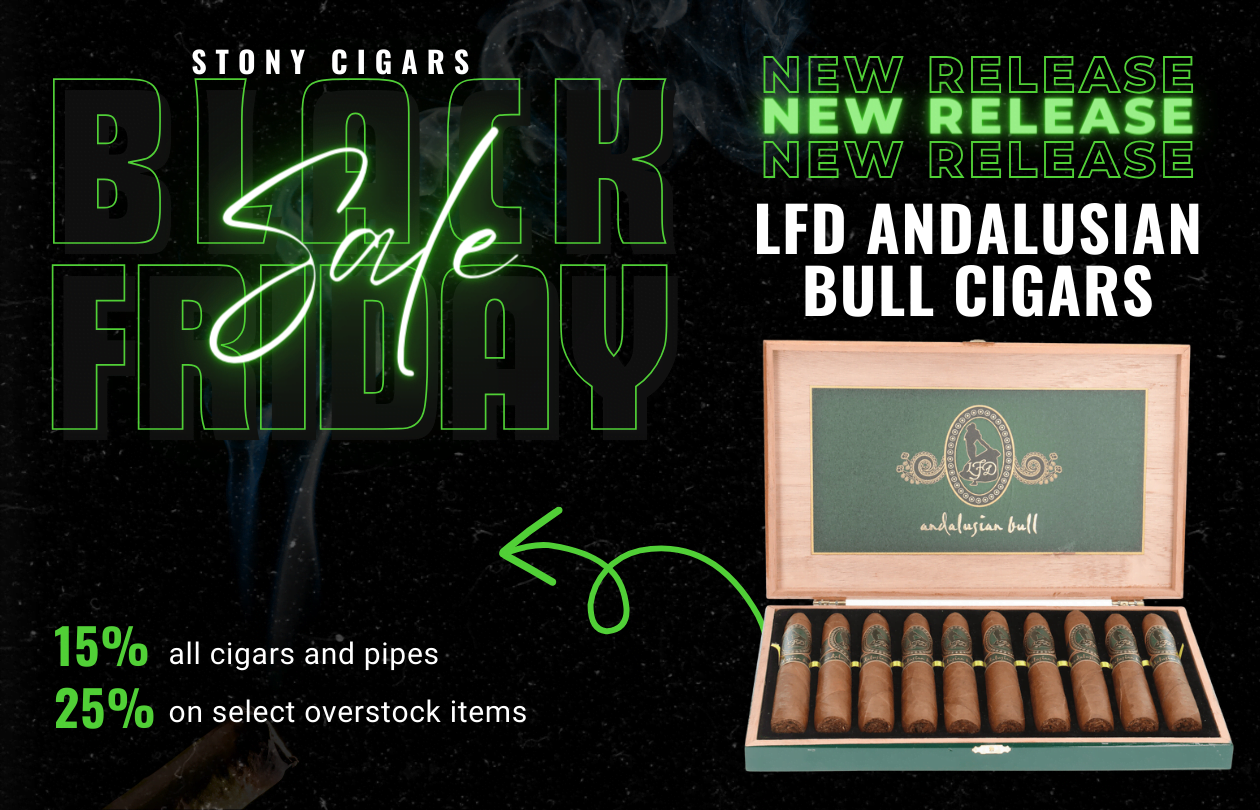Do you ever wonder how is tobacco cured for the perfect smoke? Or how do your favorite cigars achieve that distinctive and alluring flavor? Prepare to unveil the secrets as we delve into the intriguing world of tobacco curing. From the moment the leaves are harvested to the moment they reach your hands, a series of meticulous steps are taken to ensure that the tobacco reaches its peak flavor and aroma.
Whether you’re a seasoned tobacco connoisseur or someone curious about the craft, this blog post will shed light on the various methods of tobacco curing employed around the world. Get ready to dive into the secrets of “how is tobacco cured” and gain a deeper appreciation for the fine artistry that goes into crafting your favorite smoke.
How Is Tobacco Cured: Unlocking The Secrets Of Tobacco Curing
The Importance Of Tobacco Curing: Enhancing Flavor And Aroma
Learning how is tobacco cured is a crucial step in the process of creating the perfect smoke. Tobacco curing enhances the flavor and aroma of the tobacco, ensuring a satisfying experience for smokers. Here are some key reasons why this process is so important:
- Flavor Enhancement: Curing tobacco imparts unique flavors to the leaves. The curing process allows the tobacco to develop complex flavors, ranging from sweet and nutty to smoky and earthy. This creates a wide variety of options for smokers to choose from, catering to different taste preferences.
- Aroma Development: Along with flavor, curing also plays a significant role in developing the aroma of tobacco. The curing process allows the leaves to absorb and retain aromatic compounds, resulting in a pleasant and enticing smell when the tobacco is burned.
- Elimination of Harshness: Freshly harvested tobacco leaves contain high levels of moisture and volatile compounds that can give the smoke a harsh and bitter taste. Curing helps remove excess moisture, allowing the tobacco to mellow and develop a smoother flavor profile.
- Preservation: Properly cured tobacco can be stored for extended periods without losing its quality or flavor. This ensures that smokers can enjoy their favorite tobacco blends even after long periods of storage, without any compromise in taste.
- Consistency: Curing tobacco follows specific methods and techniques, ensuring consistency in flavor and aroma from batch to batch. This allows tobacco manufacturers to maintain the same quality standards and meet the expectations of their customers.
Air-Curing: Preserving Natural Tobacco Characteristics
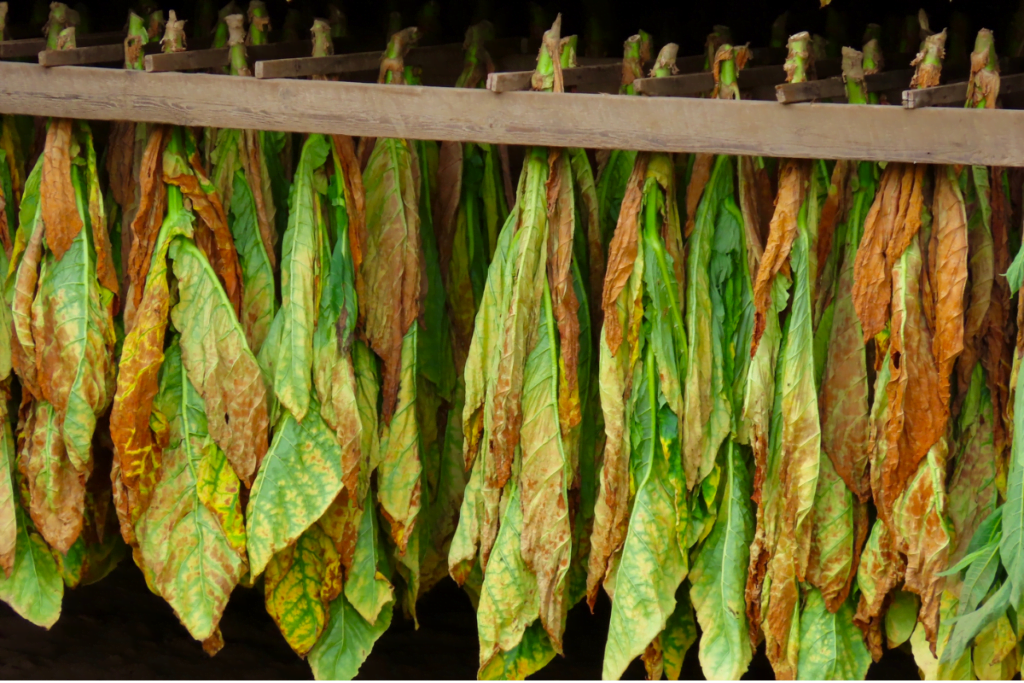
When it comes to mastering how is tobacco cured, the process of air-curing plays a vital role in preserving its natural characteristics. Let’s take a closer look at how this technique ensures the perfect smoke.
- Drying: Air-curing involves drying tobacco leaves in a well-ventilated environment without the use of heat. This slow-drying process allows the leaves to retain their natural color and flavor.
- Fermentation: During the air-curing process, the leaves undergo a natural fermentation. This fermentation not only enhances the tobacco’s flavor but also reduces its bitterness.
- Preservation: Air-curing protects the tobacco from losing its natural oils and sugars, which are responsible for its unique taste. By preserving these elements, the tobacco maintains its natural characteristics, resulting in a more enjoyable smoking experience.
- Aging: After air-curing, the tobacco is often aged for a specific period. This aging process further enhances the flavors and aromas, making the smoke smoother and more refined.
- Artisanal Craftsmanship: Air-curing is a traditional method that requires skill and expertise. It is often practiced by experienced farmers and craftsmen who understand the intricacies of tobacco preservation.
Air-curing is a meticulous process that ensures the natural characteristics of tobacco are preserved. So next time you enjoy a tobacco product, remember the craftsmanship and care that went into preserving its unique qualities through air-curing.
Fire-Curing: Infusing Tobacco With Smoky And Robust Flavors
Fire-curing is a traditional method used to infuse tobacco with rich, smoky flavors. By subjecting tobacco leaves to intense heat and smoke, this process of how is tobacco cured creates a distinct taste that is sought after by many tobacco enthusiasts.
Here are some key points about fire-curing:
- Process: During fire-curing, tobacco leaves are hung in specialized curing barns or kilns. These structures are designed to control temperature, humidity, and smoke. The tobacco is exposed to a smoldering fire, typically fueled by hardwoods like hickory or oak. The heat and smoke slowly dry and ferment the leaves over several weeks.
- Flavors: Fire-cured tobacco develops a unique flavor profile characterized by smokiness, spiciness, and a touch of sweetness. The prolonged exposure to smoke imparts a robust taste that lingers on the palate, making it a popular choice for pipe tobacco blends and some types of cigars.
- Varieties: Fire-curing is predominantly used for dark-leaf tobacco, such as Kentucky or Virginia tobacco. These varieties are known for their high sugar content, which caramelizes and intensifies during the curing process. The result is a deep, dark tobacco leaf with a bold flavor.
- Regional Influence: Fire-curing is particularly associated with certain regions, such as Kentucky and Tennessee in the United States. These areas have a long-standing tradition of producing fire-cured tobacco, showcasing their expertise in achieving the desired flavors and characteristics through this curing method.
- Artistry and Craftsmanship: Fire-curing tobacco requires skill and precision. Each step of the process, from selecting the right wood for smoke generation to carefully monitoring the temperature, contributes to the final flavor. It is a testament to the craftsmanship and dedication of those involved in the tobacco industry.
Fire-curing is a time-honored method that imparts distinctive smoky and robust flavors to tobacco leaves. This process plays a crucial role in creating a diverse range of tobacco products appreciated by enthusiasts around the world.
Flue-Curing: Balancing Sweetness And Mellow Notes
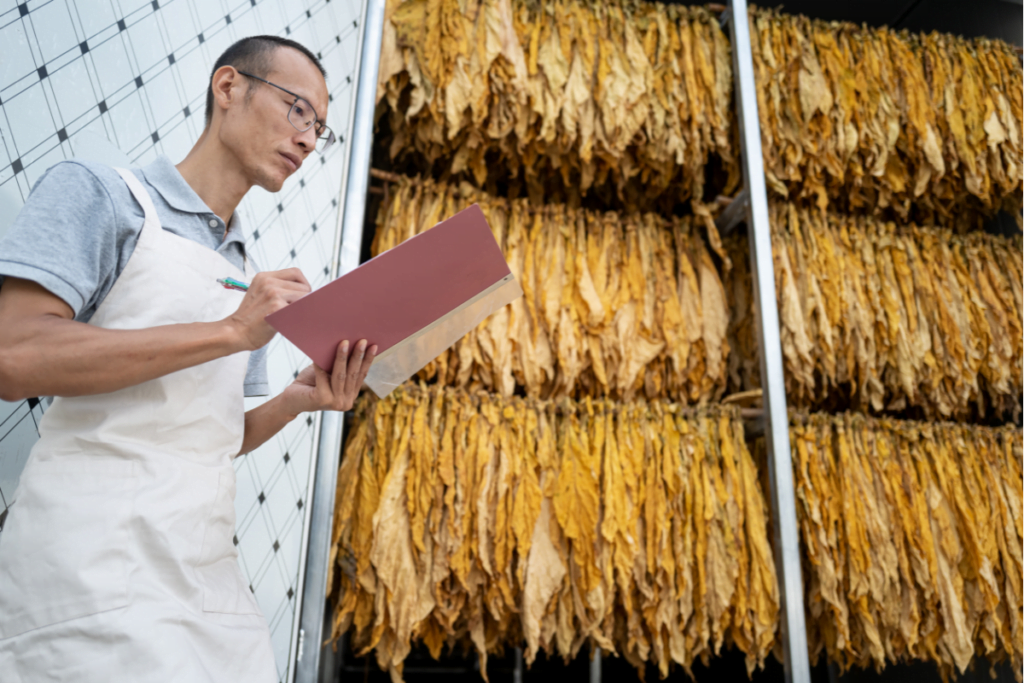
When it comes to achieving the perfect smoke by knowing how is tobacco cured, the process of curing tobacco plays a crucial role. Flue-curing, in particular, is a method that brings out the desired sweetness and mellow notes in tobacco leaves.
- Controlled Heat: Flue-curing involves subjecting tobacco leaves to a controlled heating process. This is done in specially designed curing barns equipped with flues. The heat is carefully regulated to gradually dry the leaves without causing excessive damage.
- Removal of Moisture: During the curing process, moisture is slowly removed from the tobacco leaves. The controlled heat helps to evaporate the water content, resulting in a desirable balance between moisture and dryness. This step is essential for developing the characteristic flavors and aromas associated with well-cured tobacco.
- Chemical Changes: Flue-curing triggers chemical changes within the tobacco leaves. Complex compounds, such as sugars and starches, undergo a transformation, leading to the development of sweetness. Additionally, the controlled heat also facilitates the breakdown of certain harsh compounds, resulting in mellow notes that enhance the overall smoking experience.
- Time and Patience: Flue-curing is a time-consuming process that requires patience and expertise. The duration of the curing can vary depending on factors such as the type of tobacco and desired flavor profile. Throughout the process, constant monitoring and adjustments are made to ensure optimal curing conditions.
Flue-curing is a meticulous process that strikes a delicate balance between sweetness and mellow notes in tobacco leaves. By subjecting the leaves to controlled heat, moisture is removed, triggering chemical changes that enhance the smoking experience.
Sun-Curing: Harnessing The Power Of Nature For Rich Tobacco
Sun-curing is a traditional method of curing tobacco leaves, allowing them to fully develop their flavors and aromas. This age-old technique on how is tobacco cured harnesses the power of the sun to transform raw tobacco leaves into the perfect smoke.
- Preserving Tradition: Sun-curing is a time-honored practice that dates back centuries. It involves carefully selecting the finest tobacco leaves and exposing them to the sun for an extended period. This natural process enhances the tobacco’s flavor profile, resulting in a rich and nuanced smoke.
- The Importance of Sunlight: Sunlight plays a crucial role in the sun-curing process. As the leaves bask in the sun’s rays, they undergo a series of chemical reactions that break down the chlorophyll and other compounds, allowing the flavors to develop. The sunlight also acts as a natural sterilizer, eliminating any unwanted pests or diseases.
- Patience is Key: Sun-curing requires patience and careful monitoring. Tobacco leaves must be regularly turned to ensure even drying and prevent mold or mildew. It is a labor-intensive process that demands attention to detail and knowledge passed down through generations.
- Unique Characteristics: Sun-cured tobacco possesses distinct characteristics that set it apart from other curing methods. It has a slightly sweet and earthy flavor with hints of natural sugars. The aroma is deep and inviting, enticing smokers with its unique scent.
- Sustainability and Natural Preservation: Sun-curing is an environmentally friendly method of tobacco production. It relies solely on the power of the sun, minimizing the need for artificial heat sources or energy-intensive processes. By embracing this traditional technique, we can preserve the natural flavors of tobacco while reducing our carbon footprint.
Sun-curing is a time-tested method that harnesses the power of nature to create rich and flavorful tobacco. By relying on the sun’s rays, tobacco leaves undergo a transformative process that results in a truly exceptional smoking experience. Embracing this traditional method ensures the preservation of nature’s gifts while indulging in the perfect smoke.
Fermentation: Transforming Raw Tobacco Into Refined Leaves
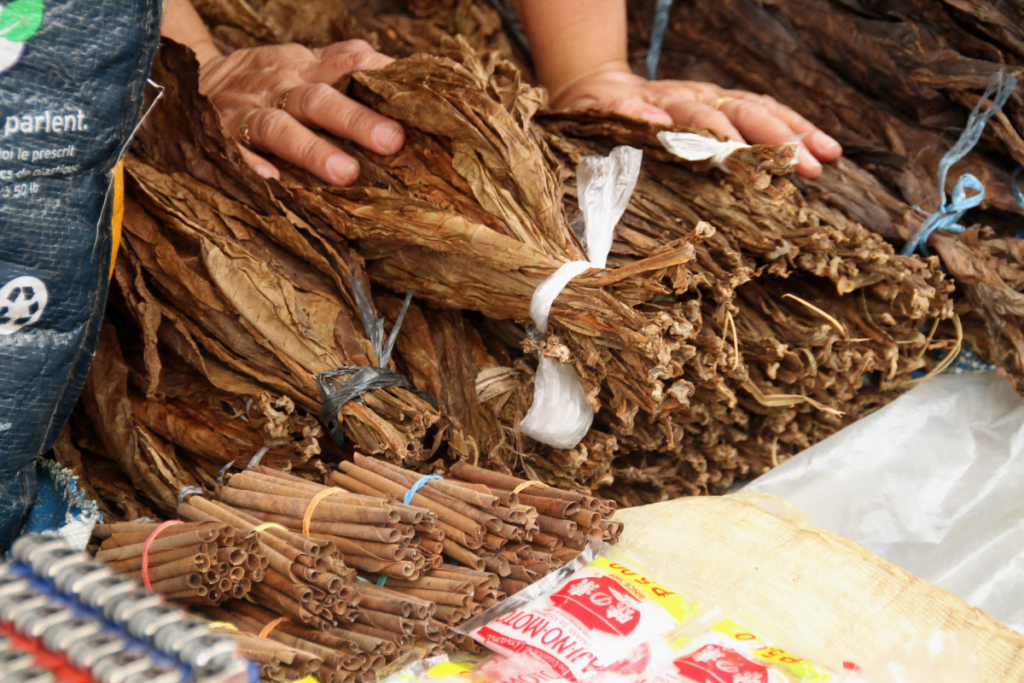
When it comes to producing the perfect smoke, the process of tobacco curing plays a crucial role. The raw tobacco leaves go through a series of steps to transform into the refined leaves that we are familiar with.
- Harvesting: The process begins with the careful harvesting of the tobacco leaves. Farmers select the leaves at the peak of maturity, ensuring the best quality for curing.
- Withering: After harvesting, the leaves are allowed to wither. This step reduces the moisture content and prepares the leaves for the next stage.
- Drying: Once withering is complete, the leaves are dried. This process involves carefully controlling temperature and humidity levels to achieve the desired texture and flavor.
- Fermentation: Fermentation is the key step in transforming raw tobacco into refined leaves. The leaves are piled together in controlled conditions, allowing natural enzymes to break down the complex compounds. This process enhances the aroma and flavor while reducing bitterness.
- Aging: After fermentation, the leaves undergo a period of aging. The duration can vary, but it is during this time that the leaves develop their distinct characteristics and mellow out.
- Sorting and Grading: Once the leaves are aged, they are sorted and graded based on their quality, size, and color. This ensures consistency in the final product.
- Packaging: Finally, the cured tobacco leaves are carefully packaged to preserve their freshness and aroma until they are ready to be enjoyed.
Understanding the intricate process of how is tobacco cured sheds light on the craftsmanship involved in producing the perfect smoke. From harvesting to packaging, each step is carefully executed to create refined leaves that deliver an unforgettable smoking experience.
Aging: Unleashing Complexity And Depth In Tobacco
When it comes to tobacco, aging plays a crucial role in enhancing its flavor and complexity. This process involves carefully storing the tobacco leaves under controlled conditions for a specific period of time. Let’s delve into the secrets of how tobacco is cured to achieve the perfect smoke.
- Harvesting: The first step in the tobacco aging process is the careful selection and harvesting of the leaves. Only mature and fully ripened leaves are chosen to ensure optimal flavor development.
- Drying: Once harvested, the leaves are carefully dried to remove excess moisture. This is typically done by air-curing or flue-curing, depending on the desired tobacco type.
- Fermentation: After drying, the tobacco undergoes a fermentation process. The leaves are placed in piles or in special containers called fermentation barns. This step allows for the breakdown of enzymes and chemical compounds, resulting in the development of unique flavors and aromas.
- Aging: After fermentation, the tobacco is aged for a specific period of time. During this stage, the tobacco absorbs and releases moisture, allowing the flavors to mature and deepen. It is during aging that the tobacco achieves its desired complexity and character.
- Blending: Once the aging process is complete, the tobacco leaves are carefully blended together to create the desired flavor profiles. Master blenders meticulously combine different types of aged tobacco to achieve a balanced and harmonious blend.
The art of curing and aging tobacco is a meticulous process on how is tobacco cured that requires time, patience, and expertise. By carefully controlling the conditions and duration of each step, tobacco manufacturers can unleash the true complexity and depth of flavors that make for the perfect smoke.
Experience The Taste Of Luxury With Stony Cigars
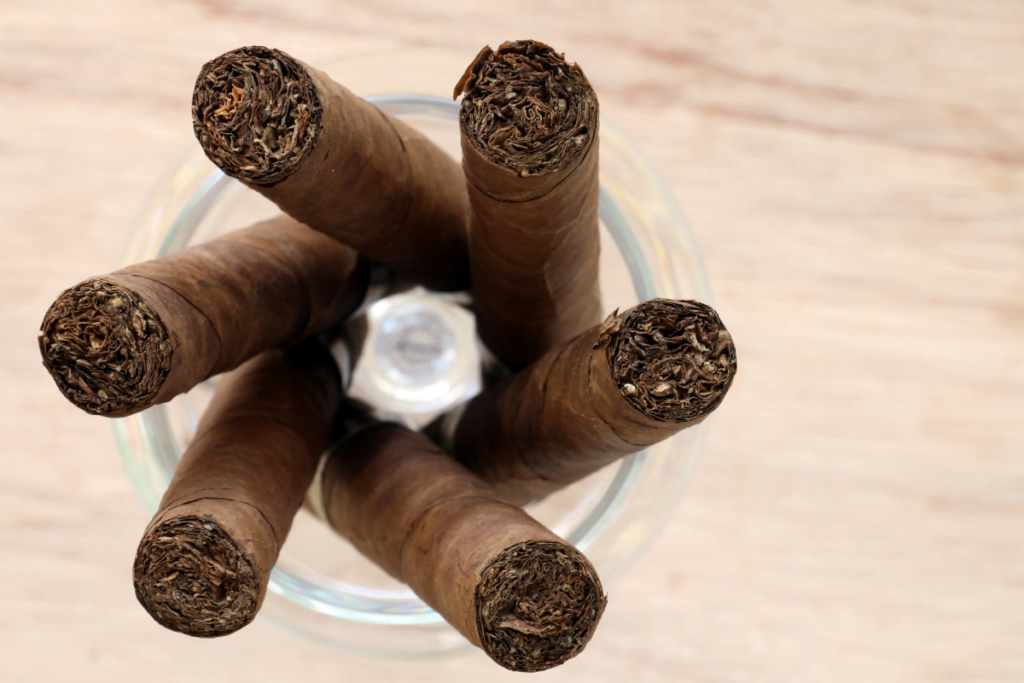
Are you a cigar connoisseur or curious about how is tobacco cured? Why not elevate your knowledge and taste? Get in touch with Stony Cigars!
We offer a selection of carefully curated premium cigars and, as industry trailblazers, we take pride in our extensive knowledge of tobacco curing. It’s not just our cigars that are premium, our information is too!
Don’t let this opportunity go up in smoke. Ignite your journey to the essence of true tobacco.
